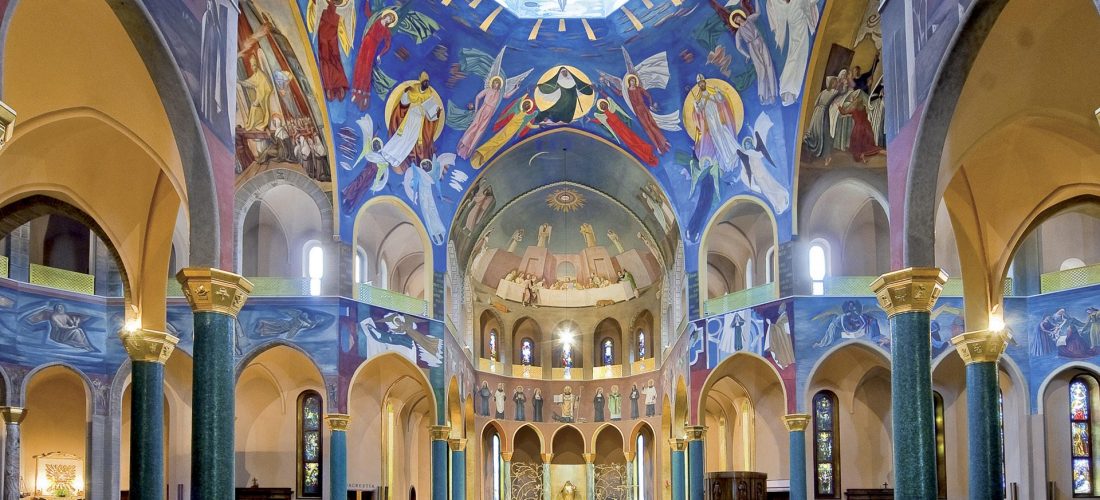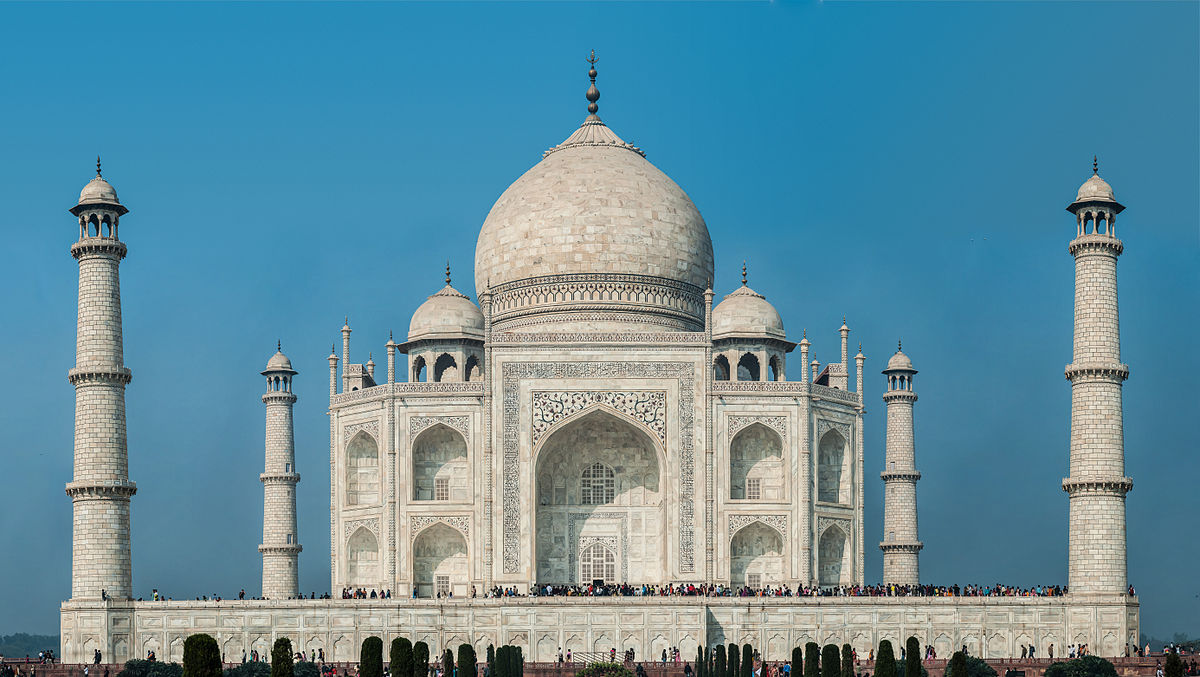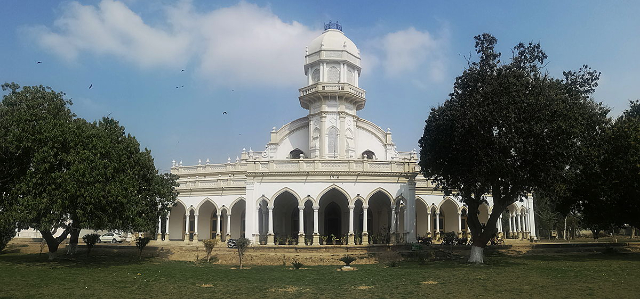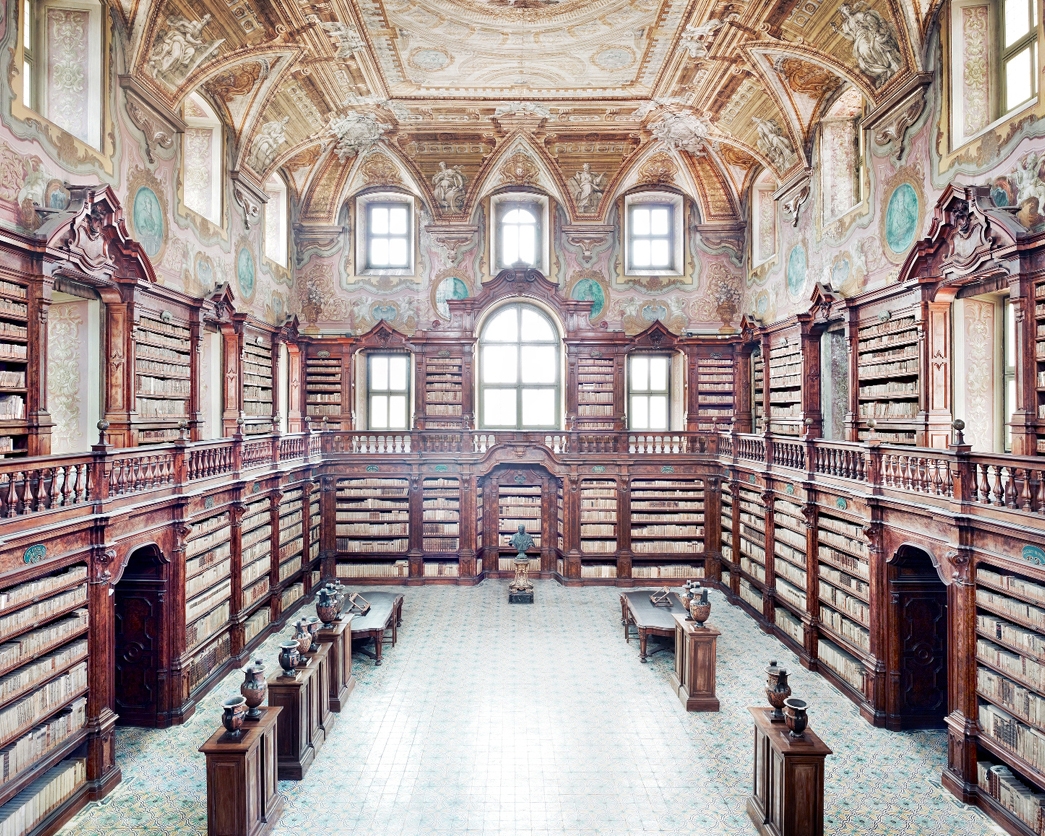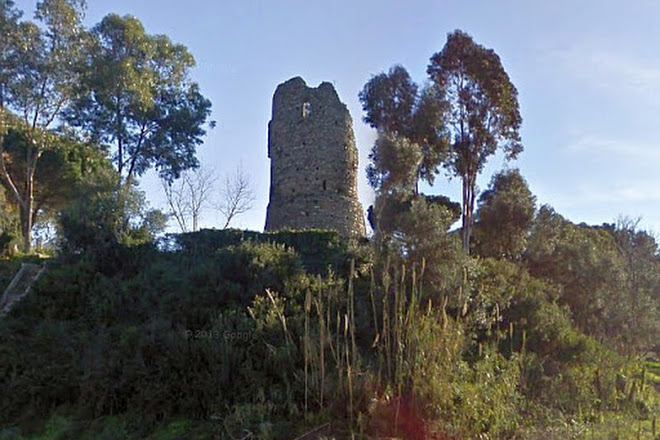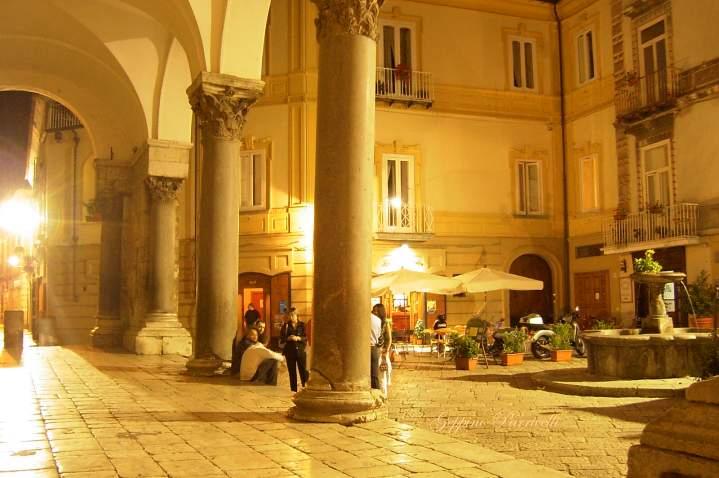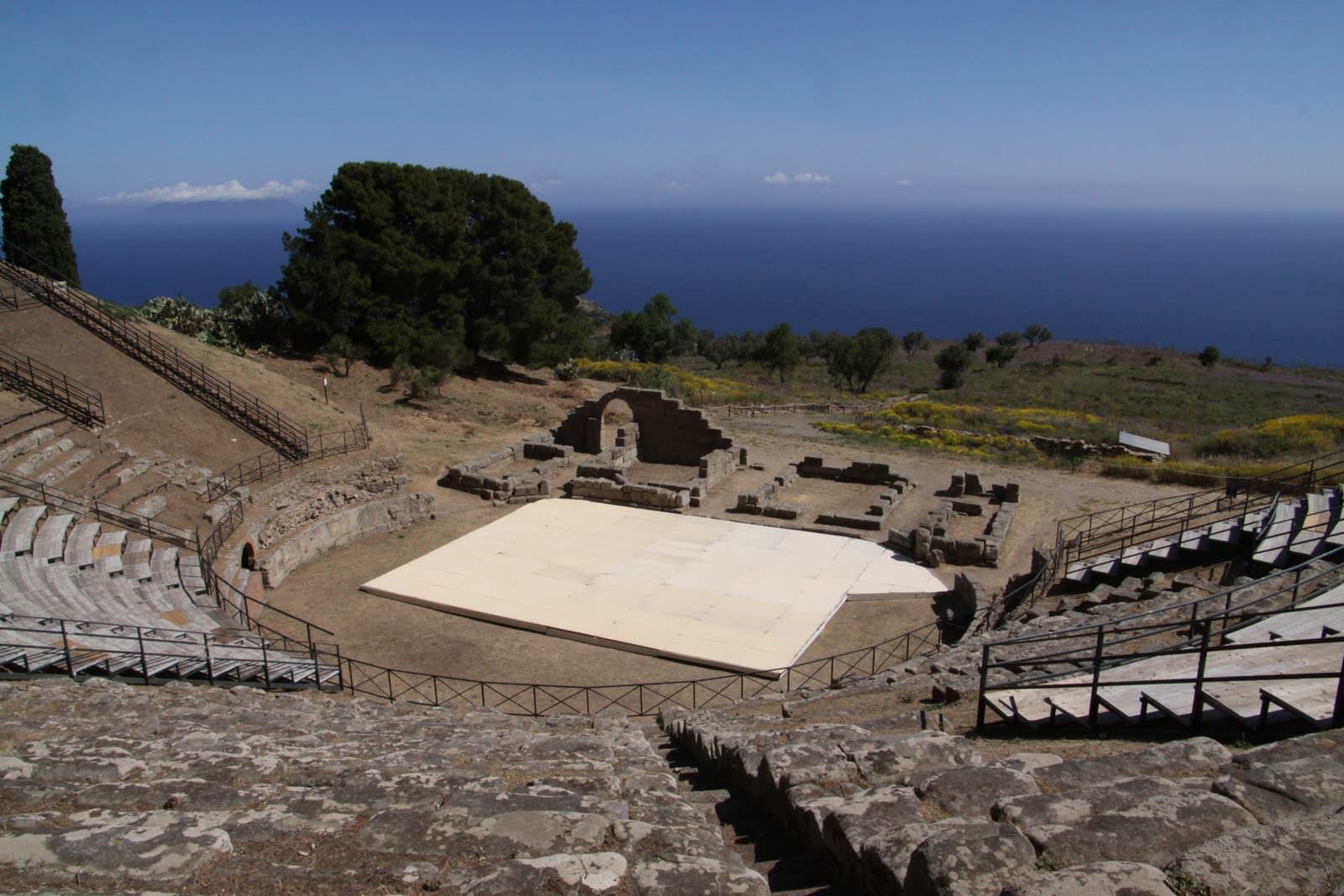The town of Cascia rises 563 m. above sea level, near the river Corno. Cascia was born during Roman times, although no remains of that era due to the devastation of barbarian peoples and earthquakes that have always devastated the town and surrounding areas.
As a large part of Umbrian cities, it is during the Middle Ages that Cascia knows the period of maximum splendor. First under the domination of the lords of Foligno, it later passed under the rule of Frederick II of Swabia, to follow it was contended, unsuccessfully, by the nearby cities of Norcia, Leonessa and Spoleto.
Only on the threshold of 1500, it surrendered to the Papal State under whose rule it remained for less than thirty years, since then it has always maintained its independence. In speaking of Cascia, one cannot fail to mention St. Rita; the nun, beatified in 1900, lived between 1381 and 1457. Today the saint, known as a dispenser of graces, is venerated all over the world, and many people go on pilgrimage every year during the Rite Celebrations-Saint Rita of Cascia to the shrine consecrated to her.
Especially worth seeing in the town are the jewels of medieval architecture: the Gothic Church of St. Francis, which is striking for the beauty of its rose window and its ogival doorway; the Church of St. Anthony Abbot, originally from the 1400s but renovated and modified in the Baroque era, which has a cycle of canvases on the history of the saint inside. The collegiate church of Santa Maria is one of the oldest buildings in the entire city; it dates back to the Lombard era, although, due to damage in the earthquakes that have characterized the geological history of these lands, it has been considerably modified. Notable works of art can be admired inside, such as the wooden Crucifix from the 1400s.
Also from the Gothic period is the Church of St. Augustine, inside which are stupendous examples of frescoes from the Umbrian and Perugia schools. Of considerable historical and religious interest are the Basilica and monastery of St. Rita, true religious centers of world renown. Finally, Palazzo Carli , with its interior, is perhaps the most representative example of the city’s civil architecture.
